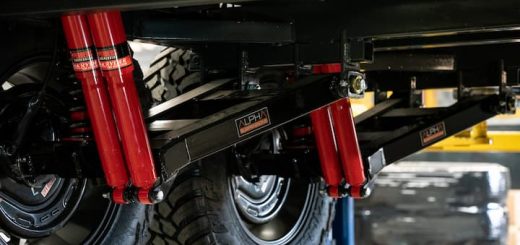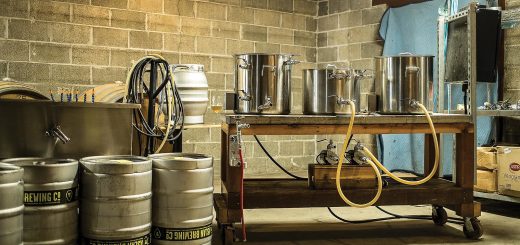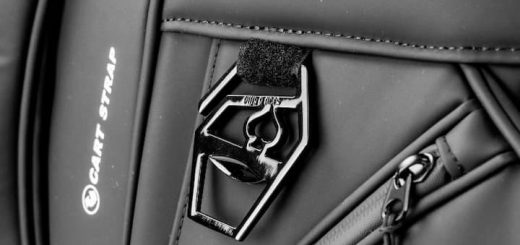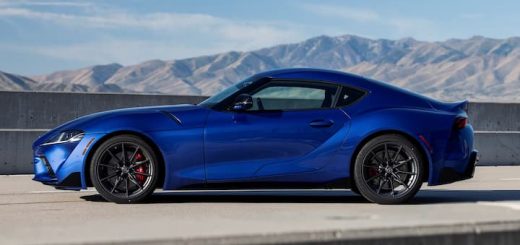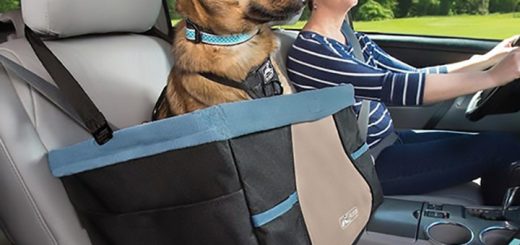Essential Tactical Gear for the Modern Soldier
Military environments are very demanding and require a lot of endurance and skill. That’s why you need reliable gear that can perform under pressure. The right gear will protect you, improve your efficiency and make sure you stay focused.
Backpack
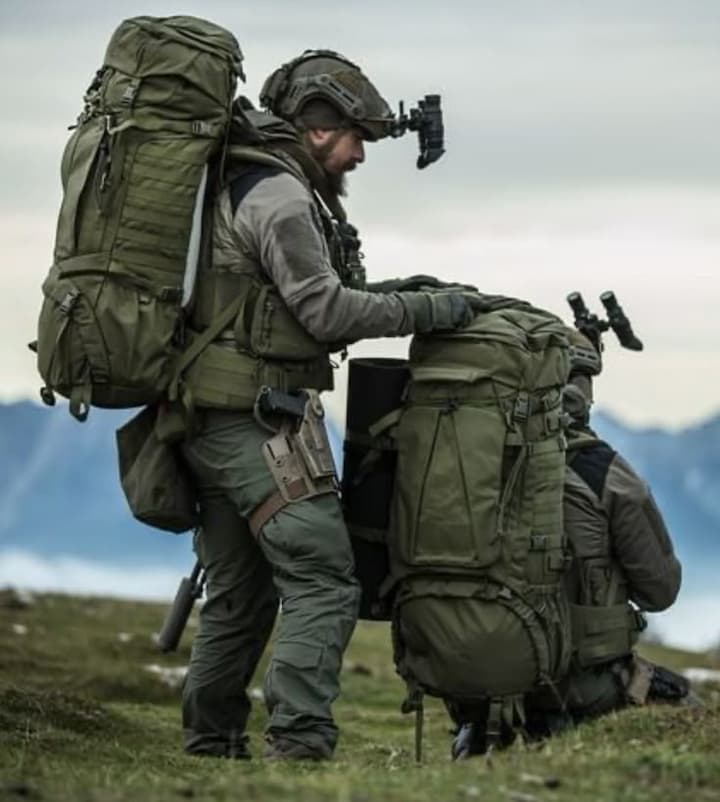
Your gear setup is based on the backpack on your back. It’s the place where you carry your essentials like water, rations, ammunition, tools and medical supplies. These backpacks are designed to be durable, practical, adaptable and easy to organise. That’s why an easily accessible, gear safe military tactical backpack is an inseparable part of every soldier’s survival gear.
The number one thing to look for is durability. A good backpack will be made of ripstop nylon or Cordura, will have reinforced stitching and heavy-duty zippers. These materials are abrasion-resistant, can withstand harsh weather conditions and everyday use. If you’re working in rugged environments, having a weak backpack is not an option.
Next comes organisation. These packs should include multiple compartments, MOLLE webbing and dividers. This organisational setting allows you to customise the backpack to certain specific conditions. You can attach holsters, pouches and hydration carriers depending on your needs. With different compartments everything will have its place, and you won’t spend a lot of time searching for what you need.
Comfort is not always seen as priority. However, it can make a big difference in performance. When fully loaded, backpacks can be heavy and hurt your back and shoulders. Having wide and padded straps, a cushioned hip belt and some sternum support will help in distributing the weight evenly. This takes a lot of pressure off and prevents fatigue. if you sweat a lot, look for a pack with ventilated back panels.
Last but not least, consider the backpack’s load capacity. There are 3 main categories: daypacks that hold 20-30 litres, medium loads that can hold 40-60 litres and large backpack that have the capacity of 70 litres or more. The load capacity you choose depends on the mission duration and environment. A short quest requires a smaller pack and vice versa. Having the proper backpack will keep you organised, comfortable and will be a good anchor for your gear.
Tactical Vest
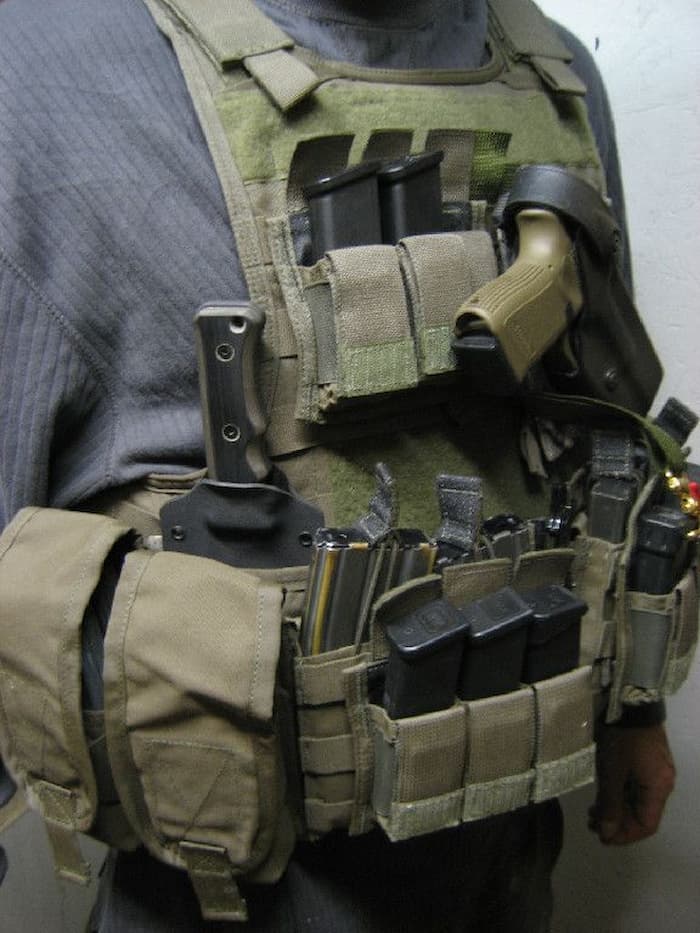
A tactical vest or plate carrier is critical for protection and organisation. This is not a simple chest rig; it’s meant to hold ballistic plates and keep your vital organs safe. It also has attachment points for radios, ammunition and medical pouches making essential gear easily accessible.
Just like with the military tactical backpack, the vest has to be comfortable and fit you well. If it’s not adjusted properly, it can cause chafing and restrict your movements. A well-fitted one will allow mobility and distribute weight evenly. Adjustable straps and quick release systems allow you to take it off in case of an emergency.
Depending on your role in the team, configurate the pouches and attachments to your needs. If you’re a soldier, prioritise ammunition and grenades. If you’re a medic, focus on trauma supplies. Make sure you have MOLLE webbing so you can customise the setup. Make it efficient and carry what matters the most.
Helmet and Eye Protection
Protecting the head and eyes is non-negotiable in combat settings. Modern helmets can resist ballistic and blunt-force threats while still being lightweight. A lot of models also have rails and mounds you can use to attach cameras, communication headsets or night vision devices.
Comfort is very important in this situation. If the helmet moves or causes pressure on your head, it can be a big distraction when you need focus. Make sure it fits well, has cushioned liners, secure chin straps and adjustable suspension systems. Even if you move rapidly and quickly change directions, the helmet will stay on your head.
Eye protection is also important. There are ballistic-rated goggles and glasses that will keep your eyes safe from dust, shrapnel and bright sunlight. If you want the best visibility look for wide fields of view and anti-fog coating. Together with the helmet, they’ll keep your head safe, reduce injury risk and make you more aware of your surroundings.
Gloves
They may not seem as essential, but gloves can make a big difference despite their small size. They protect the hands from abrasions, burns, and impacts. Plus, they support and improve your ability to handle weapons and tactical backpacks and use your equipment. If your hands and unprotected, even the smallest injury or cut can reduce your focus and awareness.
Different operations require different glove types. Lightweight gloves with thin but durable fabric work well for tasks that need precision, such as handling weapons or electronics. Heavy-duty gloves that have padded palms and reinforced knuckles can help you with blunt impact and on rough terrains. If you think you’ll be facing some kind of flames, get flame-resistant gloves.
Fit is another key consideration. Gloves that are too loose can slip at the wrong moment, while overly tight ones restrict movement. Ideally, tactical gloves should feel like a second skin, offering protection without sacrificing control. Finding the right balance will make sure your hands are the most reliable tool you have.
Communication and Navigation
Without clear communication and accurate navigation, you won’t have a successful mission. The risks will multiply, and the coordination will break down. Having reliable gear in these situations will keep the team connected and organised even in challenging conditions.
Two-way radios are a must. There are durable and rugged military models that can withstand a lot of wear and tear, dust, water and impact. If you don’t want a lot of distractions, there are hands-free options with headsets. Make sure you have enough spare batteries and secure frequencies, so the communication doesn’t fail at the most critical time.
For navigation, GPS devices provide quick location data, but redundancy is important. Having compasses and detailed maps are still the most reliable way of moving around on the field. Electronic devices can often fail and leave you confused and lost. During combat, navigational mistakes mean lost time and possible dangerous situations.
In Summary
Being ready for combat doesn’t mean you need to bring as much gear as possible. It’s all about finding the right balance between protection, practicality, comfort and durability. Train with your gear, understand its limitations, and maintain it well so you can be ready for every situation at any time.

